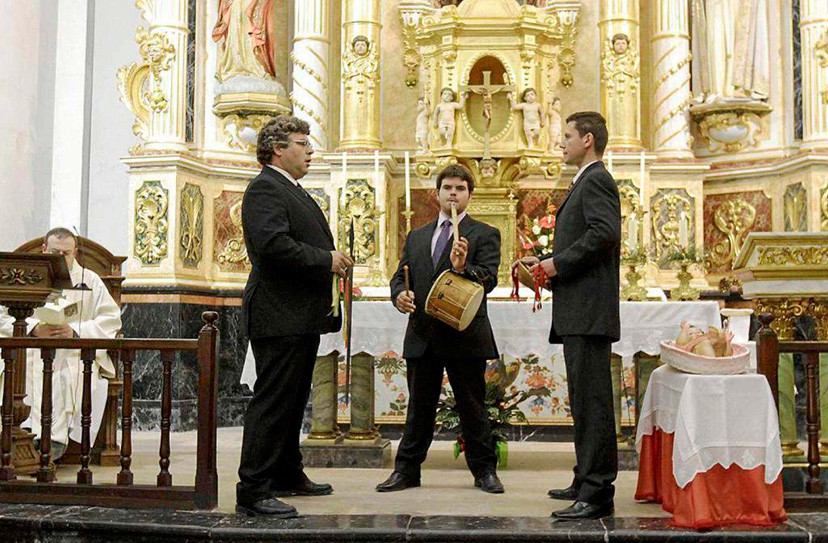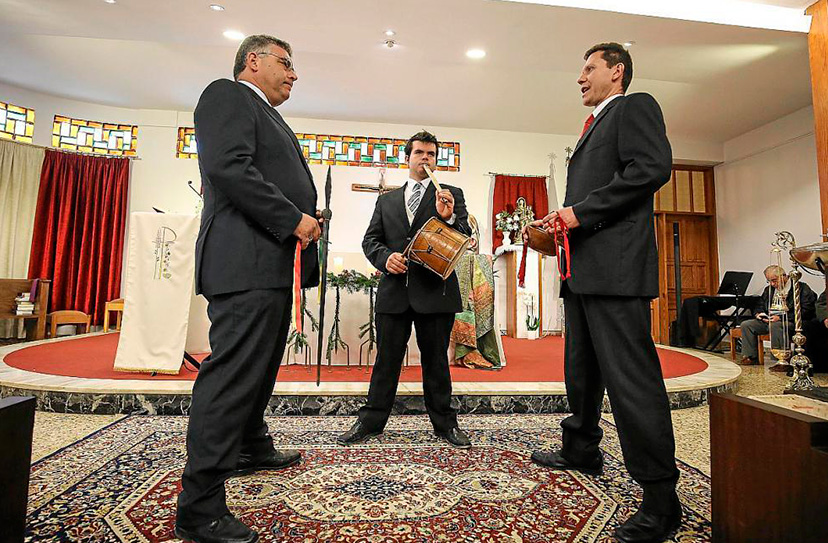The “Caramelles de Nadal” are known to appear only at midnight on Christmas Eve during Midnight Mass. It is one of the most ancient musical genres on the island of Ibiza, together with “Caramelles de Pasqua” at Easter, both of which go back centuries.
With enormous significance and a religious origin, the “Caramelles de Nadal” are a celebration and a reminder of the birth of Jesus, the child of Mary and Joseph, welcoming him to the world with this ancestral song, which is sung on the “Nit de Matines”, the traditional mass held at midnight on the 24/25 December.
It is a real musical treasure that has been designated as Cultural Heritage by the Consell d’Eivissa, due to its traditional composition and its particular musical style, and it has become popular over the years in most of the village churches in the municipalities of Ibiza such as Sant Josep de Sa Talaia, Sant Antoni de Portmany, Santa Eulària des Riu and Ibiza Cathedral.
However, the custom is diminishing in some local churches due to the scarcity of the “caramellers” the special singers able to perform this treasure of Ibizan music. A legacy that is gradually being lost as years go by, and as no new generations are coming along who are eager to learn the skill. As a result, the few remaining groups of “caramellers” in Ibiza are obliged to spread themselves over the island to ensure that they reach as many villages as possible with their special chant, which is divided into three parts and is about twenty minutes long.
The “Caramelles” also have a special meaning which consists of explaining the seven “goigs” of the Virgin Mary, and the chants are sung after the gospel reading following which it is the custom for the congregation to line up and kiss the image of baby Jesus.
The type of song is known as “canto redoblado” which entails repeated chanting with guttural sounds, and which has much in common with other typical Ibizan peasant songs, and it is sung by a quartet of “caramellers” to the music of a flute, a drum, an “espasi” (a metallic musical instrument) and “castanyoles” or castanets, with two singers. In actual fact, the “espasi” is the main instrument that accompanies the “caramelles” although today you can also see it played at demonstrations of the “ball pagès” (the traditional dance).

